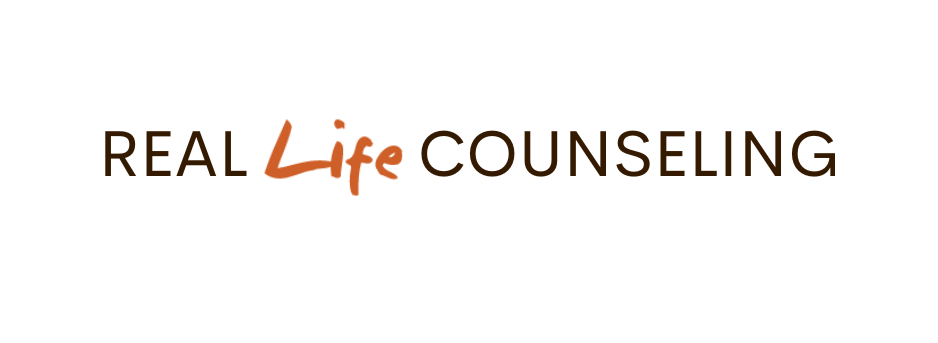Trichotillomania. Say that word 5 times as fast as you can. Not only is it a tricky word to say, it is a challenging behavior to overcome. Pronounced “trick-o-till-o-may-nee-uh,” “TTM” or “Trich” is also identified as the ”Hair Pulling Disorder.” It is part of a group of behaviors referred to as Body-Focused Repetitive Behaviors (BFRB’s), in which a person pulls, picks or bites his or her hair, nails, or skin causing injury to him- or herself. TTM is currently categorized in the Obsessive Compulsive and Related Disorders section in the DSM 5; however, it is not Obsessive Compulsive Disorder. TTM and other BFRBs are so complex, researchers are struggling to classify them.
Research indicates that 4% of the world’s population has Trichotillomania and less than half seek treatment. Having been a sufferer of Excoriation Disorder (also known as The Skin Picking Disorder) during my adolescence, I can further explain the reasoning behind why those with BFRB’s delay or avoid treatment. Not one of my friends or family members knew my secret and if anyone ever asked, the lies I told were elaborate and convincing. “Just a sports injury” and “a dog attacked me” were the lies I would tell others until I was in my mid-20s.
Shame and humiliation are the biggest reasons people don’t seek treatment for these disorders. These reasons alone can cause someone with a BFRB to miss out on some of life’s simplest pleasures: swimming, sports, getting a haircut, Senior or Wedding photos, childhood sleepovers, prom/dances and even intimacy. Due to the fear of being “exposed,” BFRB’s can cause someone to avoid work or school, a doctor’s appointment, going outside if it is windy, or getting themselves ready for the day/bedtime in a well-lit area. An adolescent girl may wear wigs, pull her hair up, wear band-aids, or do anything within her power to prevent others from knowing she pulls her hair or picks her skin. The adult male may appear as if he has male patterned baldness or ingrown hairs from his “shaven” beard.
In a world where so many mental illnesses and neurological disorders are being destigmatized, BFRB’s continue to be left in the dark for only a few to see. Many do not grasp the complexity of these behaviors, including many treatment professionals. What many sufferers wish others knew is that they just cannot simply stop the behaviors. The behaviors are more than ”habits.” Trichotillomania, for example, is so complex that it is harder to stop than most illegal substances.
Here is a complete list of currently known BFRBs (obtained from BFRB.org):
- Trichotillomania – Hair Pulling
- Excoriation Disorder – Skin Picking
- Onychophagia – Nail Biting
- Onychotillomania – Nail Picking
- Trichophagia – Hair Eating, which occurs in approximately 15% of TTM suffers. Trichobezoars (hairballs) can form in the stomach or bowel, which can cause life threatening complications.
- Dermatophagia – Skin Eating as a result of Skin Picking
- Lip Biting
- Cheek Biting
- Tongue Chewing
- Trichotemnomania – Compulsive hair cutting
Not everyone who does these things has a disorder or needs to seek treatment. A general rule of thumb is when these behaviors start to affect your quality of life, it is time to start considering treatment. If you are a teacher, parent, mental health provider, or someone with a BFRB, here are some supportive interventions that can help. Mental health treatment is always the best form of help for someone with a BFRB; therefore, if some of these self-help tips do not curb the BFRB, please seek out a specialist.
- Avoid caffeine, either before ‘boring’ times or in the evening. Caffeine heightens anxiety, which can increase the urge to pick/pull.
- Keep your hands busy – knit, crochet, cross stitch.
- Use a fidget during moments where pulling/picking are more likely to occur.
- Take a bath – wet hair is hard to pull and baths are generally calming
- Never engage in negative self-talk.
- Stopping is very difficult. The more support the person with the BFRB has in their life, the better their chances are at recovery.
If you are further interested in learning about BFRBs, please go to The TLC Foundation for BFRB’s website – BFRB.org.
Reference: The TLC Foundation for BFRB’s: bfrb.org.

